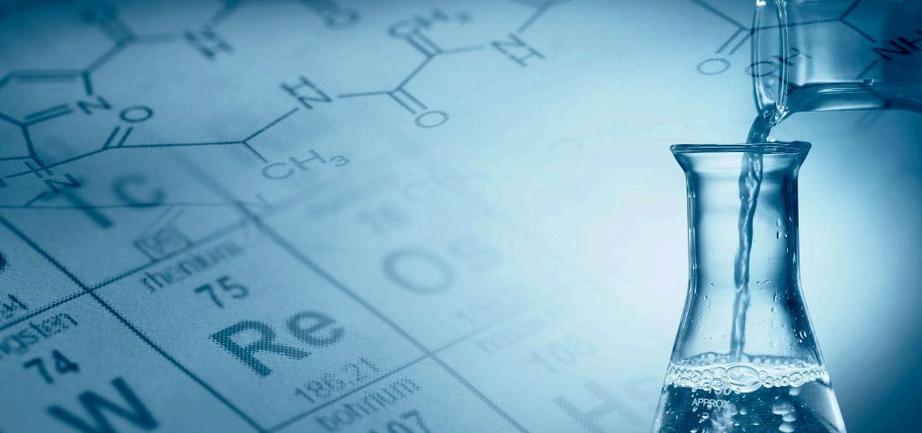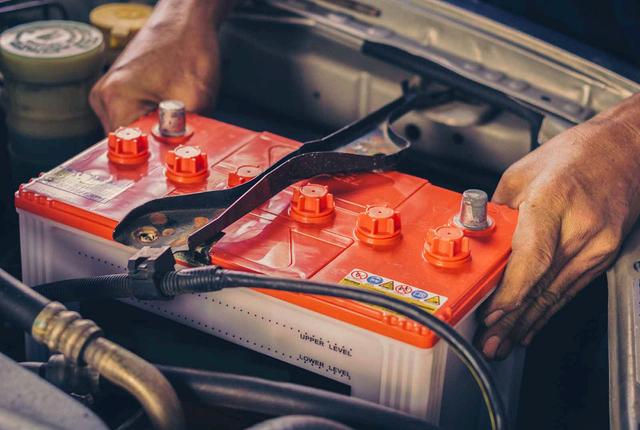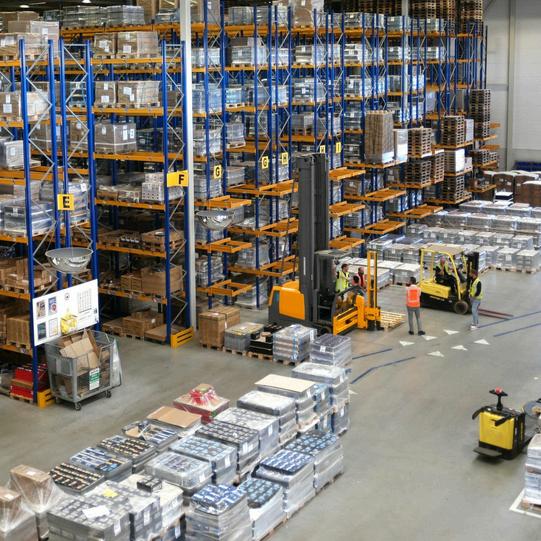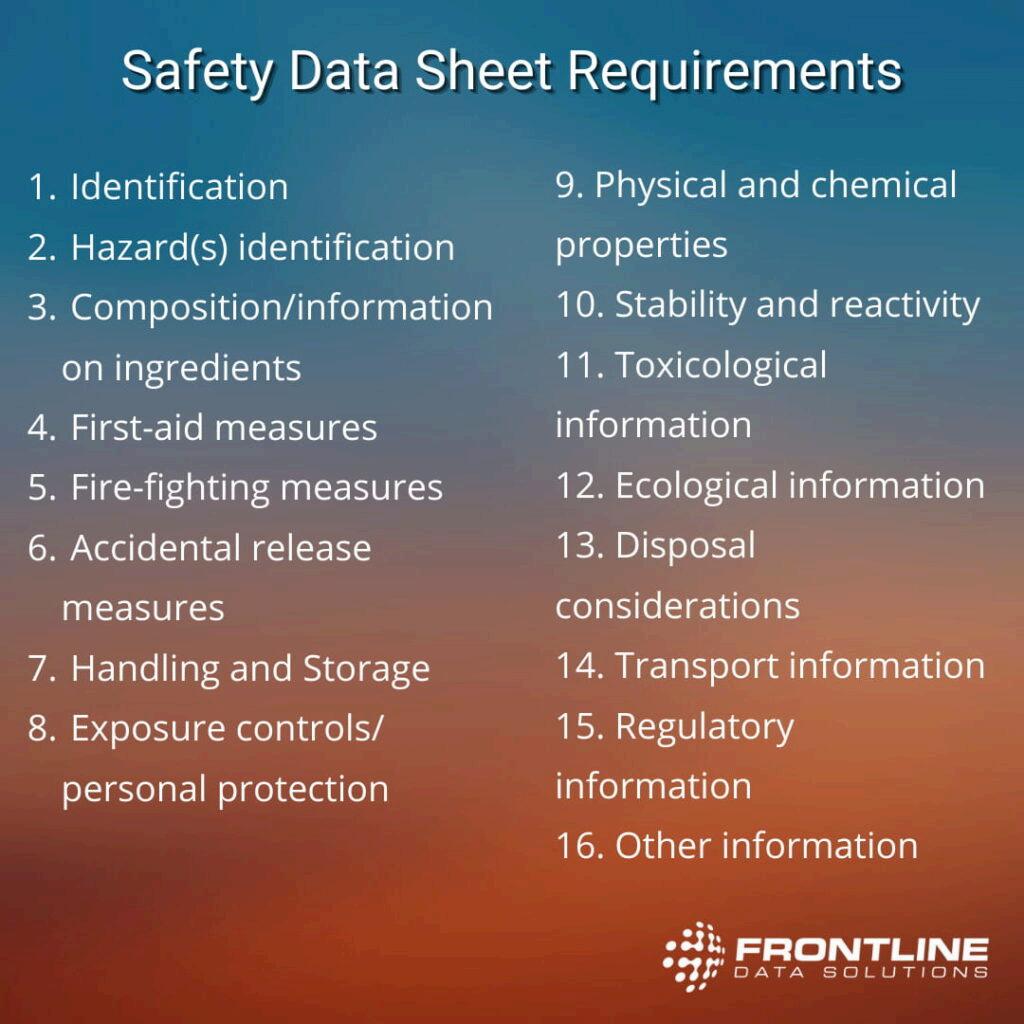

SUSTAINABILITY NEWS
Prepared by S Scruggs and L Sterne

FOCUS TOPIC:
REACH EDITION - PART 2
ROLEPLAYERS RESPONSIBILITIES & SAFETY DATA SHEETS
REGULATION (EC) NO 1907/2006 OF THE EUROPEAN PARLIAMENT AND OF THE COUNCIL OF 18 DECEMBER 2006 CONCERNING THE REGISTRATION, EVALUATION, AUTHORISATION AND RESTRICTION OF CHEMICALS (REACH), AS AMENDED
During our previous newsletter, we explored some of the provisions in terms of REACH and how these provisions impact Ecobat
It was established that the REACH Regulation impacts most companies across the EU in that it establishes procedures for collecting and assessing information and hazards of substances
As such, there is a positive duty on companies to identify, and manage the risks associated with the substances they manufacture and/or place on the market in the EU.
Companies, such as Ecobat must, accordingly, demonstrate how its products can be safely used and must communicate the risk management measures to the users
In this regard, we highlighted the importance that the Classification, Labelling, and Packaging Regulation EC No 1272/2008 (the “CLP Regulation”) plays in ensuring compliance with REACH.
QUICK RECAP OF REACH
WHAT TO EXPECT IN PART II OF THE REACH SERIES?
During our previous edition, we also considered the potential impact on Ecobat if lead, which is currently included in the Candidate List of Substances of Very High Concern (“SVHC”), is added to the Authorisation List (“REACH Annex XIV”) as was recommended by the European Chemicals Agency (“ECHA”)
In this edition, we focus our attention on the registration requirements that are placed on Manufacturers and Importers under REACH as well as the requirements for establishing SDS’
We also consider how REACH applies to Ecobat’s Refineries’ waste streams.
REGISTRATION OF SUBSTANCES
MANUFACTURER AND IMPORTER RESPONSIBILITIES
In terms of REACH, any company/person that manufactures or imports (from outside the EU) one or more tonnes of any hazardous substance on an annual basis, must register that substance with the ECHA
Registration with the ECHA includes several steps, including (i) researching existing data; (ii) sharing data, if available; (iii) creating an electronic registration dossier; and (iv) sending that dossier to ECHA
In general, there are two main components to a registration dossier, the technical dossier which is required in all cases; and a chemical safety report (CSR), which is only required for substances registered at 10 tonnes or more per annum.
All registration activity with ECHA should be done through their REACH-IT system and your REACH-IT account

NOTE: If a substance has been included in Annex IV, as sufficient information is known about these substances Companies are exempted from having to register such substances
ADDITIONAL REQUIREMENTS UNDER REACHWHO MUST SUPPLY A SAFETY DATA SHEET?

anies/persons that are required to provide an SDS include the following:
pany/person is required to provide an SDS if it supplies: substance or a mixture that is classified as hazardous under the CLP Regulations; or substance that is persistent, bioaccumulative toxic, or very persistent and very accumulative as defined by Annex XIII of REACH; substance included in the ECA’s Candidate List of Substances is of very high concern for asons other than above.
plier or company that is requested by a customer to provide an SDS for a mixture that is ssified as hazardous under the CLP Regulations, but contains: rtain substances that pose a hazard to human health or the environment; substance that is carcinogenic or toxic to reproduction, has effects on or via lactation, or is rsistent, bioaccumulation, and toxic; substance that is included in the ECA’s Candidate List of Substances of very high concern; substance for which there are Europe-wide workplace exposure limits
pany/person that supplies a product listed as a “special case” as per para 1.3 of Annex 1 CLP Regulation for which there are labelling requirements, for example, gas containers ed for propane, butane, or LP gas
SAFETY DATA SHEET REQUIREMENTS
WHAT MUST BE INCLUDED IN AN SDS?
The requirement to provide an SDS is set out in article 31 of REACH Guidance on how to compile an SDS is detailed in Annex II of REACH, consisting of 16 sections (see illustration below)
An SDS should be supplied in the official language of the Member State where the substance or mixture is placed on the market (unless the relevant Competent Authority in the Member State indicates otherwise) and provide an emergency telephone number in section 1 4 of the SDS
Regarding substances or mixtures containing substances that have been registered under REACH, the SDS will also require the following information: registration number, where appropriate; the identified use(s) and uses advised against
Where appropriate, exposure scenarios should be included as an Annex to the SDS; or for mixtures, included in the main body (for example, under Section 8: Exposure controls / PPE).
The information in an SDS should be consistent with the information in the CSR for that substance, or mixture if a CSR for the mixture is available and updated at regular intervals
HOW DOES REACH APPLY TO WASTE STREAMS/ OUR LEAD RECYCLING PLANTS?


REACH does not apply to waste material as these substances are already regulated by the relevant Waste Framework Regulations However, as soon as material ceases to be waste (i e once the waste product has been recycled/ recovered and placed back on the market) REACH requirements would apply in the same way as to any other articles/ materials
Notwithstanding, article 7(2) of REACH makes provision for certain exclusions from Titles II, V, and VI In this instance, article 7(2)(d) provides that a substance on its own, in a mixture, or in articles, that have been registered in accordance with Title II and which are recovered in a recovery process where that substance is the same as that which has been registered, and provided that the information required by articles 31 and 32 (i.e. SDS and/or registration details) relating to the substance is available to the company undertaking the recovery, that company shall be exempted from having to re-register such a substance
It follows that waste streams do not need registration under REACH, however, where a substance/article is produced as a result of the recovery/recycling process that is to be placed back on the market, the same principles as that which is required for other substances will also apply to the recycled/recovered article If such an article, however, comprises the same substance that is already registered with the ECHA, Ecobat is not required to re-register such a substance under REACH
